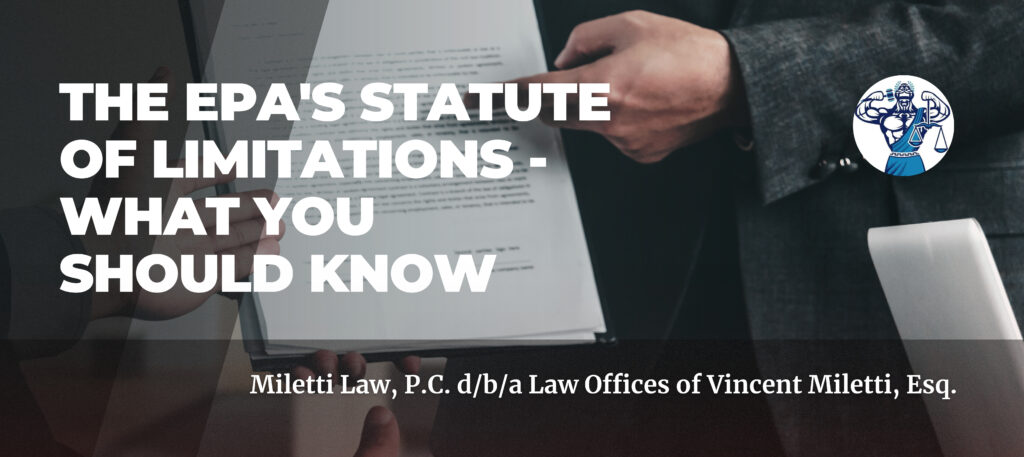Aimed to prohibit discrimination against protected classes, groups, or characteristics of people, anti-discrimination or non-discrimination laws comprise some of the most important laws in the field of employment. Generally, private employers are prohibited by federal employment anti-discrimination laws from discriminating against individuals under their employment based on protected attributes, categories, and characteristics that include but are not limited to race/color, citizenship status, national origin, age, and sex. In addition, although a good number of them expand and mirror protections and provisions of many federal laws, various states have enacted, passed, and implemented their own anti-discrimination laws.
In this blog, we have analyzed key provisions, statutes, and protections of federal employment anti-discrimination laws and compared them with their counterparts under New York state laws. Notably, race/color, citizenship status, and age include the protected characteristics/categories discussed in this blog and in relation to the protections and provisions provided under various local, state, and federal employment anti-discrimination laws. Other characteristics will be discussed in upcoming blogs.
It is crucial to note that while laws, such as the Family and Medical Leave Act and Fair Labor Standards Act, which aim to create protections or benefits for employees other than protections against discrimination, have not been included in the analysis, only those statutes and laws that aim to prohibit discrimination have been included in the analysis and comparison.
Another key thing to note is that while the information provided is only applicable to private employers, a number of laws aimed at prohibiting retaliation against employees covered by different protections and provisions of various local, state, and federal laws have also been included in the analysis and comparison.
It is also important to note that for the purposes of record, the information provided herein was current as of February 10, 2022.
Key Statutes & Protections Against Employment Discrimination Based on Race/Color
Although they are related and may be used interchangeably and synchronously in various contexts, race and color are not the same thing and may overlap. While color depicts an individual’s skin tone, race is generally used to refer to socially defined classes on the basis of a person’s background.
Federal Laws
- Title VII – Title VII is a very significant federal law and provision of the Civil Rights Act of 1964 that, pursuant to 42 U.S.C. § 2000e-2(a)(1), protects employees against discrimination based on color and race.
- Section 1981 – Additionally, Section 1981 is another federal law that, pursuant to 42 U.S.C. § 1981, offers protections against employment discrimination to non-white persons.
New York Laws
- New York Equal Pay Act (NYEPA) – The NYEPA is a key state employment law that, pursuant to N.Y. Lab. Law § 194, protects New York employees from discrimination based on color and race.
- New York State Human Rights Law (NYSHRL) – In addition, the NYSHRL also, pursuant to N.Y. Exec. Law § 296(1), protects employees in the state of New York against discrimination based on color and race. It is crucial to note that pursuant to N.Y. Exec. Law § 292(37), (38), the definition of race under the NYSHRL includes traits that, historically, have been linked to race, such as the texture of an individual’s hair and protective hairstyles, including twists, locks, and braids.
Key Statutes & Protections Against Employment Discrimination Based on Citizenship Status
Federal Laws
- Immigration Reform and Control Act (IRCA) – The IRCA, pursuant to 8 U.S.C. § 1324b(a)(1)(B), protects employees against discrimination based on citizenship status. Under this law, citizenship is a protected category and covers asylees, refugees, “legally admitted” aliens, nationals, or U.S. citizens.
New York Laws
There is no applicable law in the state of New York that protects individuals against discrimination based on citizen status.
Key Statutes & Protections Against Employment Discrimination Based on Age
Federal Laws
- Age Discrimination in Employment Act (ADEA) – Pursuant to 29 U.S.C. § 631(a), the ADEA protects persons aged 40 and above from discrimination based on their age.
New York Laws
- New York Equal Pay Act (NYEPA) – Pursuant to N.Y. Lab. Law § 194, this state law protects covered employees from being paid different payments compared to others based on their age.
- New York State Human Rights Law (NYSHRL) – Finally, pursuant to N.Y. Exec. Law § 296(3-a), the NYSHRL protects employees aged 18 and above from discrimination based on their age.
As usual, in case you need further clarification regarding the information shared in this blog post, we, the authoritative force in Employment & Labor Law, serving as primary counsel or cumis counsel and providing diverse legal services in both a traditional and online, web-based environment, whether it be for small or large-scale businesses on a panel or a case-by-case basis, are just a call or email away!
Also, beware that we are not only taking over the industry when it comes to Employment Defense and Employment Practices, but also in Intellectual Property Defense (Trademark, Copyright, and Proprietary Information), Management Side Defense, Regulatory and Compliance, Business Law & Corporate Law, and Professional Liability, among others. Whether serving directly or on behalf of a third party (EPLI, D&O, E&O), we stay unusually motivated® to take on all your needs!
As we continue dropping knowledge bombs every day, stay tuned for more educative, inspiring, and interesting videos and blogs. In the interim, if there are any questions or comments, please reach out to us through our website https://milettilaw.com/ and let us know at the Contact Us page!
Always rising above the bar,
Isaac T.,
Legal Writer, Author, & Publisher.
 Professional Legal & Business Services And Representation - English & Espanol!
Professional Legal & Business Services And Representation - English & Espanol!

 314-648-2586
314-648-2586 CALL US NOW
CALL US NOW







